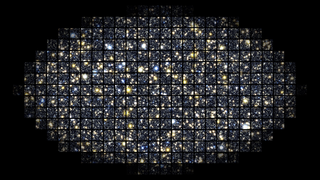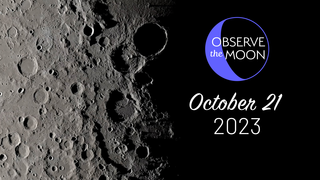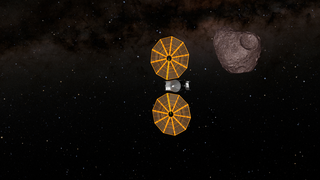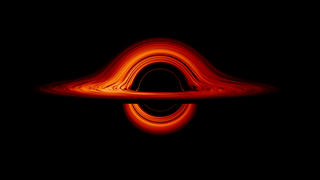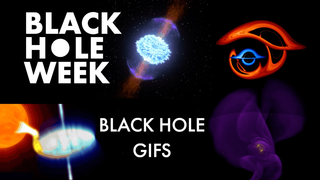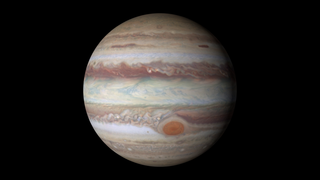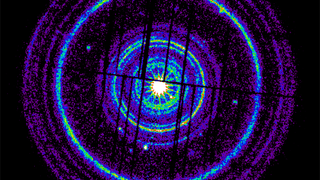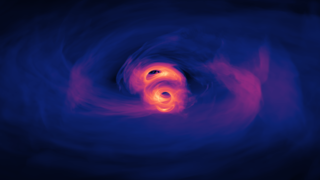Astronomers Catch a Jet from a Binge-eating Black Hole
A ULX is thought to be a binary system containing a black hole that is rapidly accreting gas from its stellar companion. However, to account for the brilliant high-energy output, gas must be flowing into the black hole at a rate very near a theoretical maximum, a feeding frenzy that astronomers do not yet fully understand.
As gas spirals toward a black hole, it becomes compressed and heated, eventually reaching temperatures where it emits X-rays. As the rate of matter ingested by the black hole increases, so does the X-ray brightness of the gas. At some point, the X-ray emission becomes so intense that it pushes back on the inflowing gas, theoretically capping any further increase in the black hole's accretion rate. Astronomers refer to this as the Eddington limit, after Sir Arthur Eddington, the British astrophysicist who first recognized a similar cutoff to the maximum luminosity of a star.
Black-hole binaries in our galaxy that show accretion at the Eddington limit also exhibit powerful radio-emitting jets that move near the speed of light. Although astronomers know little about the physical nature of these jets, detecting them at all would confirm that the ULX is accreting at the limit and identify it as a stellar mass black hole.
The European Space Agency's XMM-Newton observatory first detected the ULX, dubbed XMMU J004243.6+412519 after its astronomical coordinates, on Jan. 15. Middleton and a large international team then began monitoring it at X-ray energies using XMM-Newton and NASA's Swift satellite and Chandra X-ray Observatory. The scientists conducted radio observations using the Karl G. Jansky Very Large Array (VLA) and the continent-spanning Very Long Baseline Array, both operated by the National Science Foundation in Socorro, N.M., and the Arcminute Microkelvin Imager Large Array located at the Mullard Radio Astronomy Observatory near Cambridge, England.
In a paper published online by the journal Nature on Wednesday, Dec. 12, 2012, the scientists reveal their successful detection of intense radio emission associated with a jet moving at more than 85 percent the speed of light. VLA data reveal that the radio emission was quite variable, in one instance decreasing by a factor of two in just half an hour.
This tells astronomers that the region producing radio waves is extremely small in size — no farther across than the distance between Jupiter and the sun.
Black holes have been conclusively detected in two varieties: "lightweight" ones created by stars and containing up to a few dozen times the sun's mass, and supermassive "heavyweights" of millions to billions of solar masses found at the centers of most big galaxies. Astronomers have debated whether many ULXs represent hard-to-find "middleweight" versions, containing hundreds to thousands of solar masses.
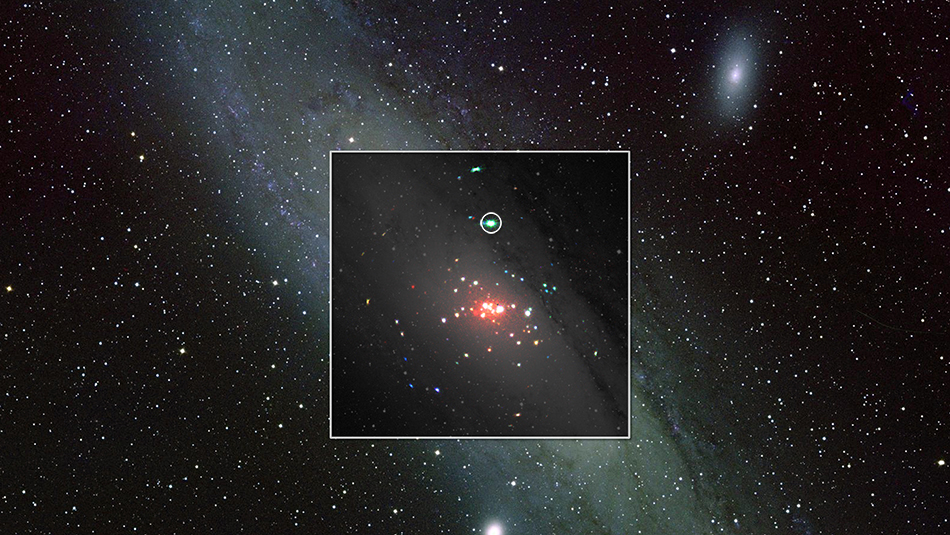

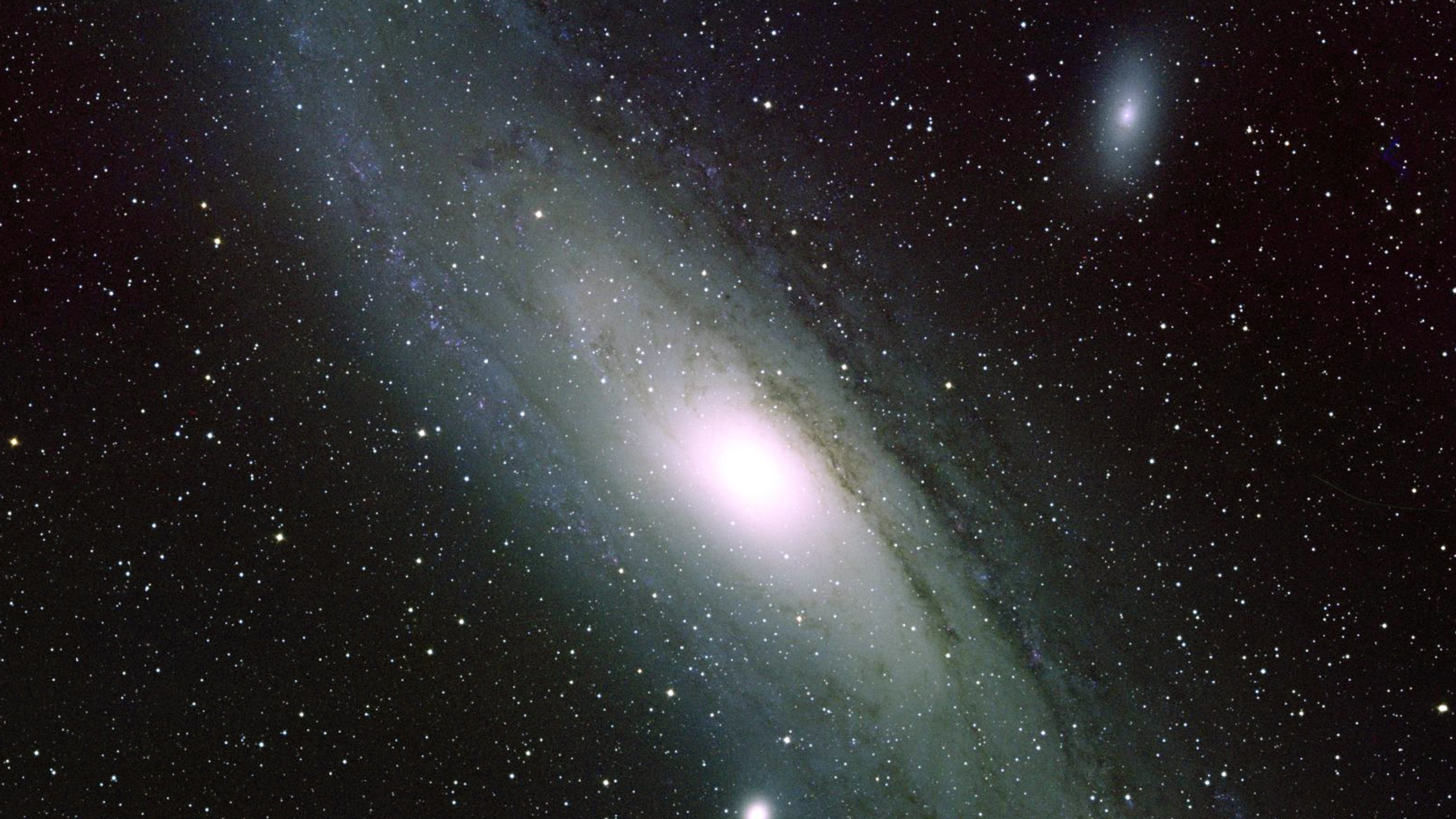
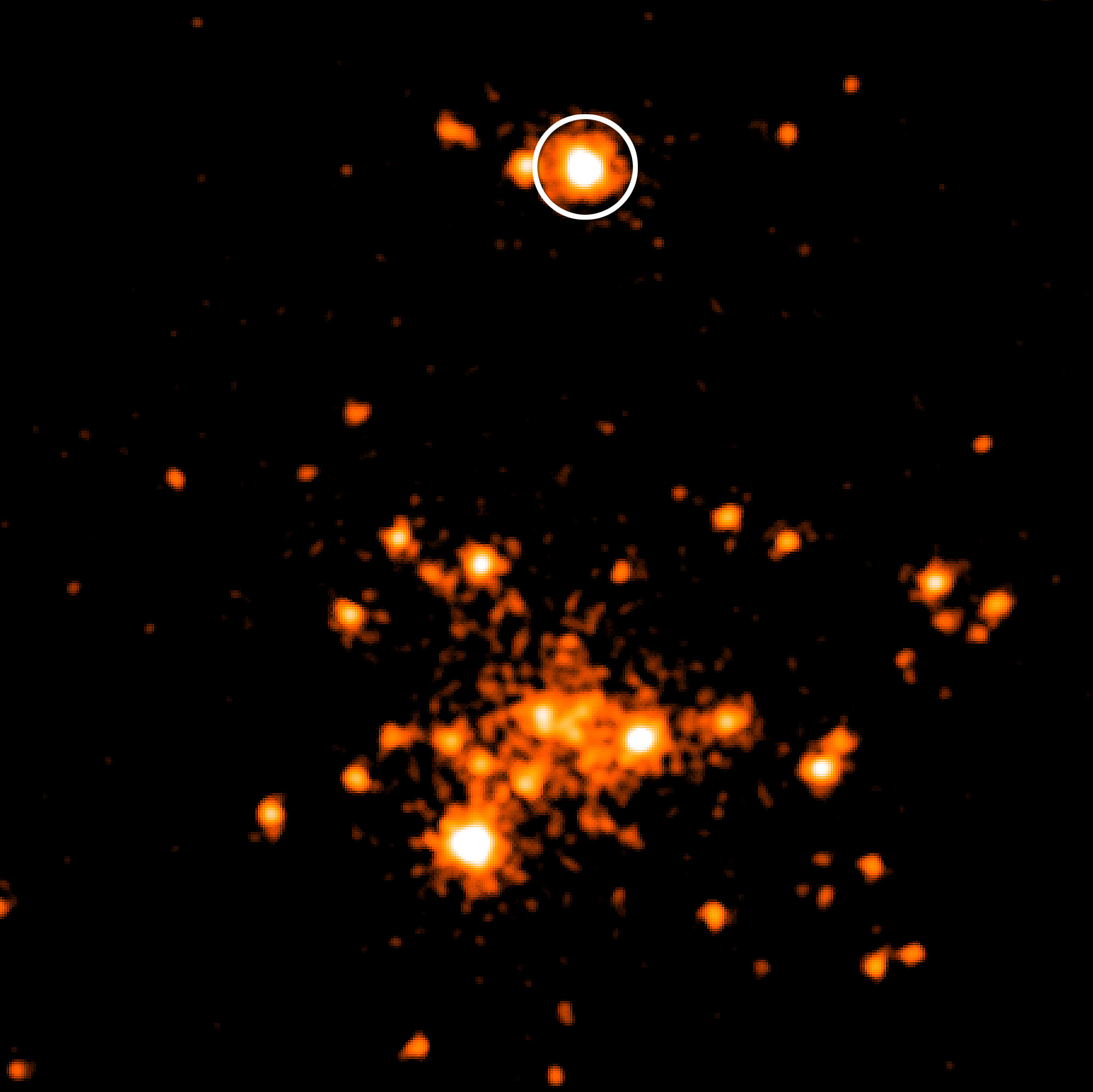

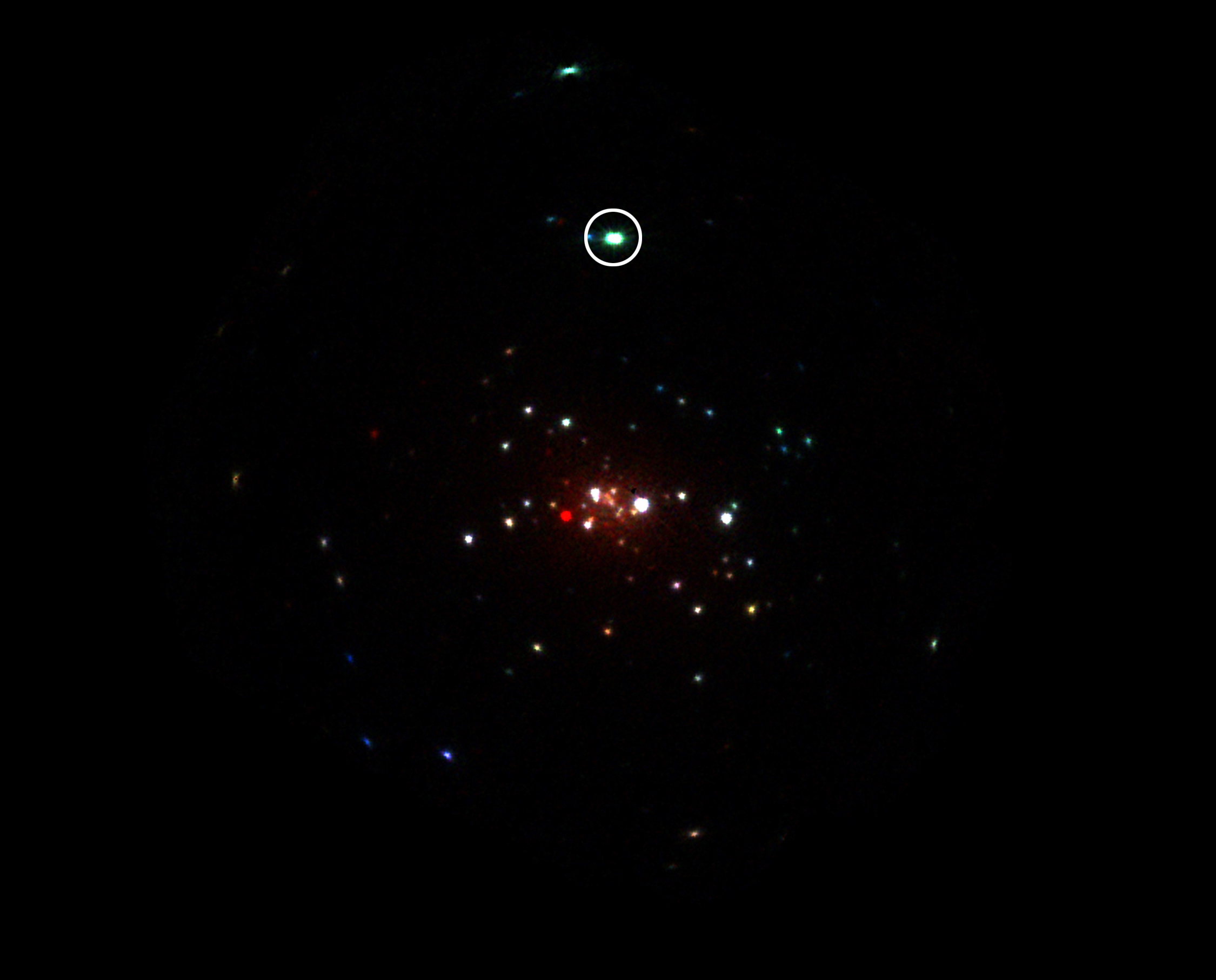
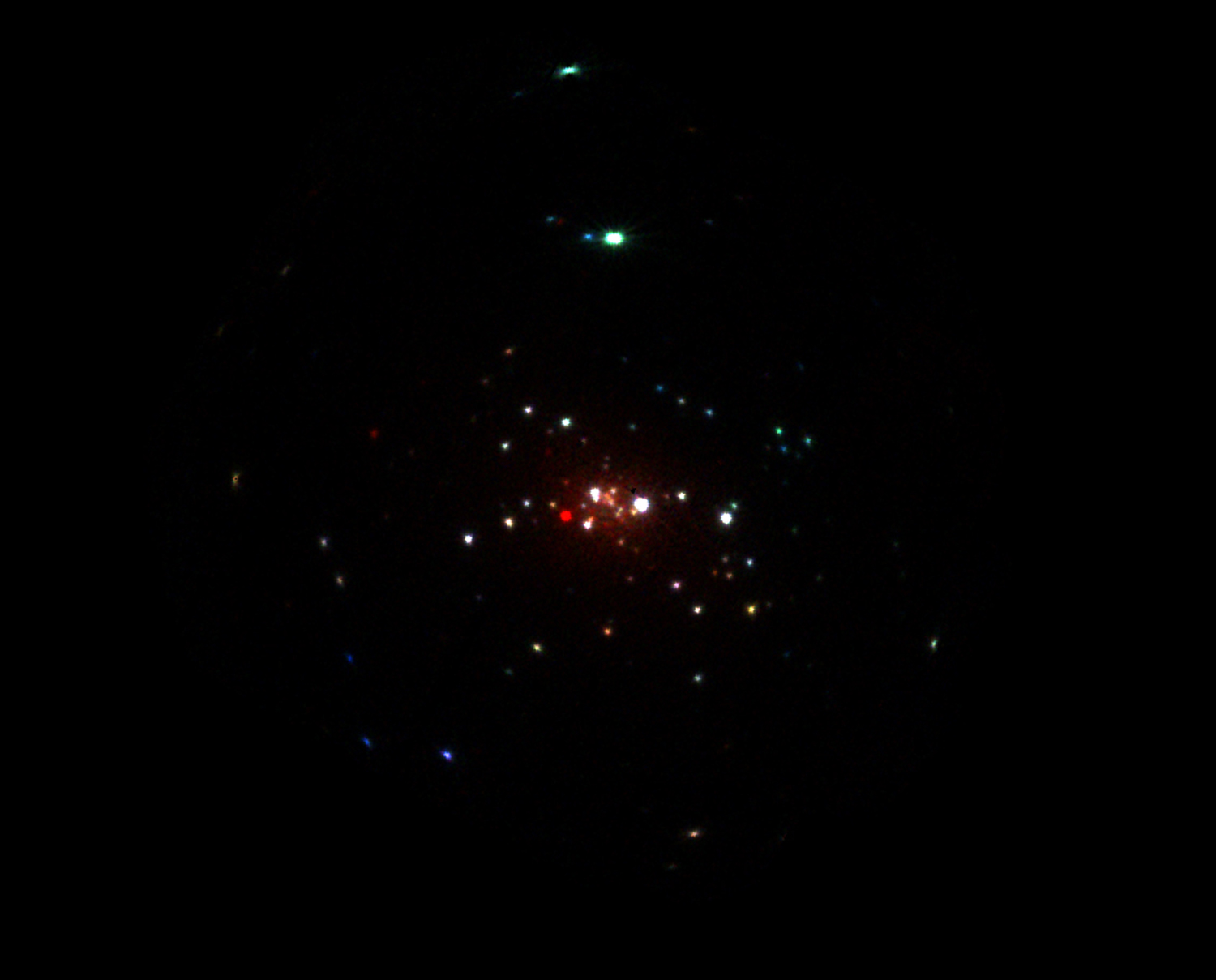

For More Information
Credits
Francis Reddy (University of Maryland College Park): Science Writer
Francis Reddy (University of Maryland College Park): Graphics
NASA's Goddard Space Flight Center. However, individual images should be credited as indicated above.
https://svs.gsfc.nasa.gov/11162
This item is part of this series:
Astrophysics Stills
Keywords:
SVS >> X-ray
SVS >> Black Hole
SVS >> Astrophysics
SVS >> Space
SVS >> Swift
SVS >> XMM-Newton observatory
NASA Science >> Universe
SVS >> Chandra


